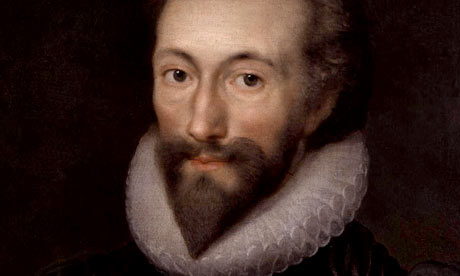Portrait art has never been more pointless
There are more images of individuals around now than in any other point in history, yet portraiture has nothing to do with contemporary art

Why does mention of portraiture make me snort with derision? For the sitter, to have one's portrait painted is to indulge in a preposterous bit of self-aggrandisement, while to be a jobbing portrait painter is to exercise the lucrative employment of one's skills in a manner that has nothing to do with contemporary art. To champion portrait painting is to hark back to a 19th-century view of what matters in art, just as to visit the National Portrait Gallery is to enter an archive of social history rather than an art gallery. But isn't there something perverse about this view? I know Jean-Paul Sartre told us that hell is other people, but on the whole we tend not to be so misanthropic. We like people a lot, and whether or not we have met them personally, we gain particular satisfaction from knowing what they look like.
Among the genres of art we find outlined in traditional academic theory, landscape appears to be the one with the largest and most immediate contemporary purchase on our imagination. While Joshua Reynolds might have been thinking only of painting when he discussed 'landskips' in his Discourses on Art, the category now encompasses a far wider range of activities, from Richard Long's walks to the wheat crop recently grown and harvested on a disused railway siding in Dalston, East London, by the Hungarian-American artist Agnes Denes.
Alongside landscape, that other minor category, portraiture, seems to be much less secure in its status. The act of commissioning a portrait is something few of us will do – it being restricted to those with more money than is good for them. There are more photographic images of individuals around than ever before – perhaps because of that, and the ease with which still more can be generated, the idea of producing a composed portrait strikes me as increasingly pointless. Even when we do encounter such a thing, we don't always assume that what we're looking at is a portrait. Why is it, for example, that when walking round the current Elizabeth Peyton exhibition at the Whitechapel Art Gallery – an exhibition consisting largely of paintings of people – it doesn't seem right to classify it as a show of portraiture?
The people Peyton paints are famous, and their faces can be seen everywhere in countless photographs. So, one of the main functions of the portrait – producing a likeness – is rendered irrelevant because we really don't need Peyton to show us what Liam Gallagher looks like. If her work is interesting it's because it goes beyond this, allowing us to see Gallagher not only as an individual, but as signifying pervasive features of our cultural environment, a screen upon which we can project our own desires and fears. Which is to say, it is not a portrait at all, but what Reynolds would have called a history painting: the most important kind of art there is.
Reynolds's preferred term was, in fact, poetical painting. That is, painting that generalises a specific person in an imaginative and instructive way. When Charlotte Corday went to stab the French revolutionary Marat, he was sitting in his bath because that was the only way he could get relief for the chronic skin condition from which he suffered. He was definitely not the smooth-skinned, muscle-bound, Michelangelo-esque demi-god depicted by Jacques-Louis David in his famous painting of the murdered man. Likewise, when Gerhard Richter paints his aunt Marianne from an old family snapshot – a painting shown in the exhibition of his portraits at the National Portrait Gallery earlier this year – what makes it overwhelmingly powerful is the knowledge that some time after the photo was taken she was placed in a mental home and subsequently murdered by the Nazis as part of their euthanasia programme to improve the nation's health.
The figure in history is what matters. As with landscape, portraiture becomes pertinent when it breaks out of its straightjacket and offers something more than a tastefully composed and skilfully executed representation of someone. This is not to say that painting can't matter in either landscape or portraiture, it's just that it can no longer be a necessary and sufficient condition. Witness the contrasting tales of two men in Trafalgar Square. Nicholas Penny, director of the National Gallery, has expressed regret at the spectacle of Antony Gormley's One and Other project outside his hallowed doors. Sandy Nairne, director of the adjacent National Portrait Gallery, has himself stood on the fourth plinth. There is a live feed from the plinth relayed to a screen in the portrait gallery's foyer in recognition of the fact that, along with such things as tagged photos on Facebook, this parade of randomly selected humanity is as much as anything else the contemporary face of portraiture.
No comments:
Post a Comment